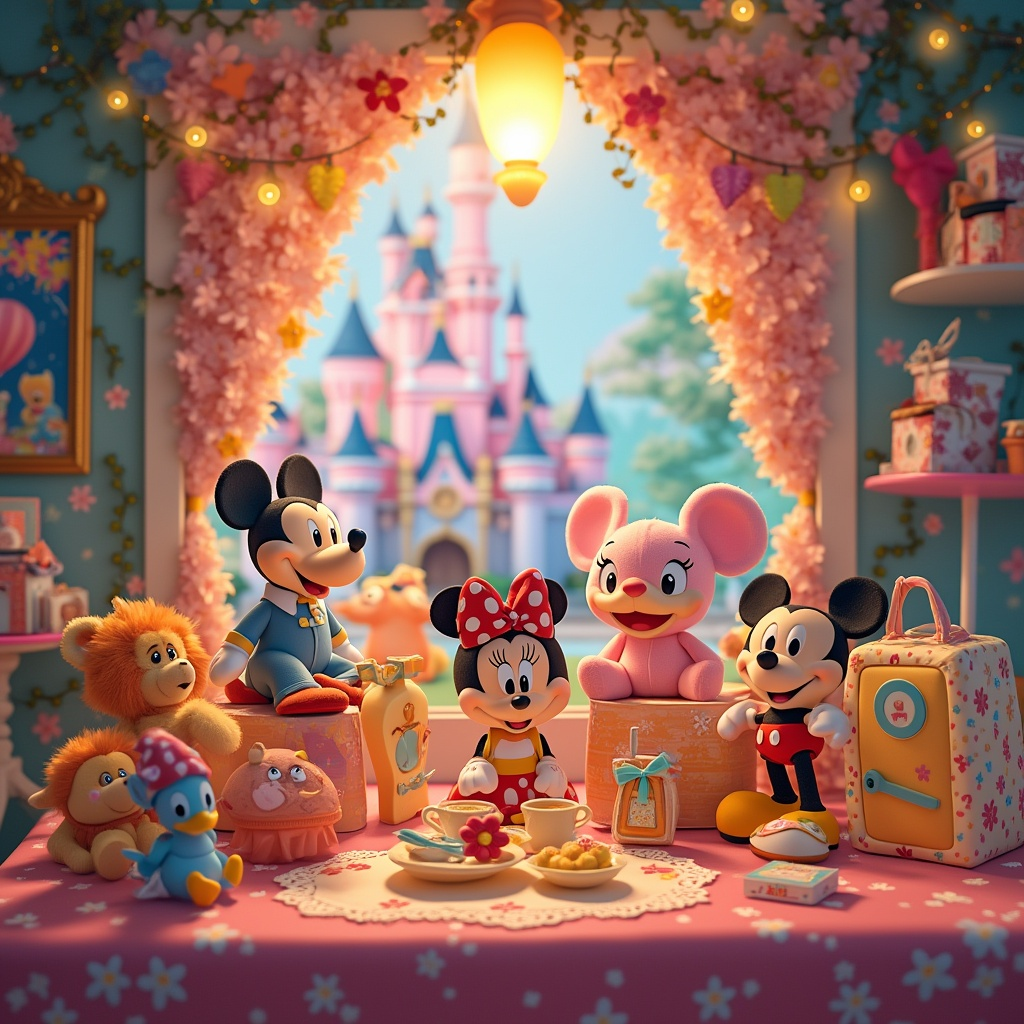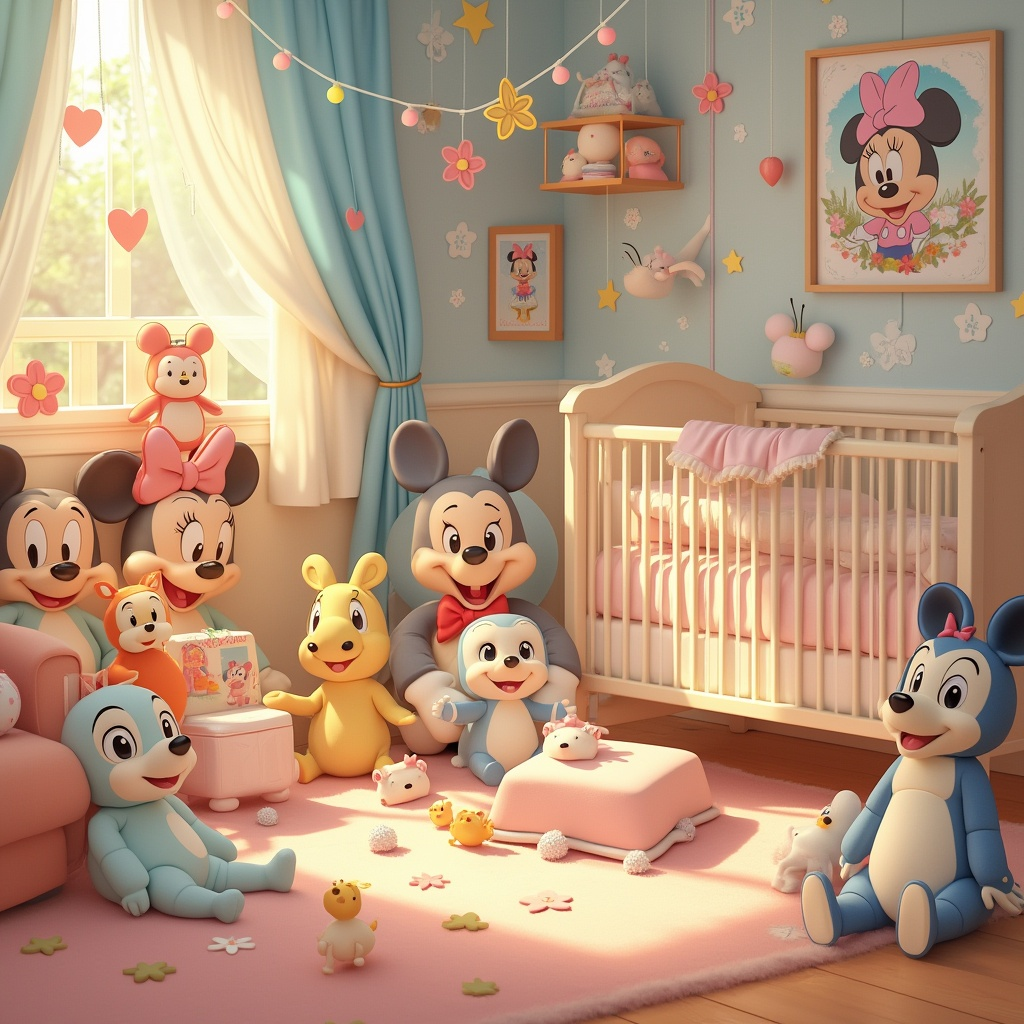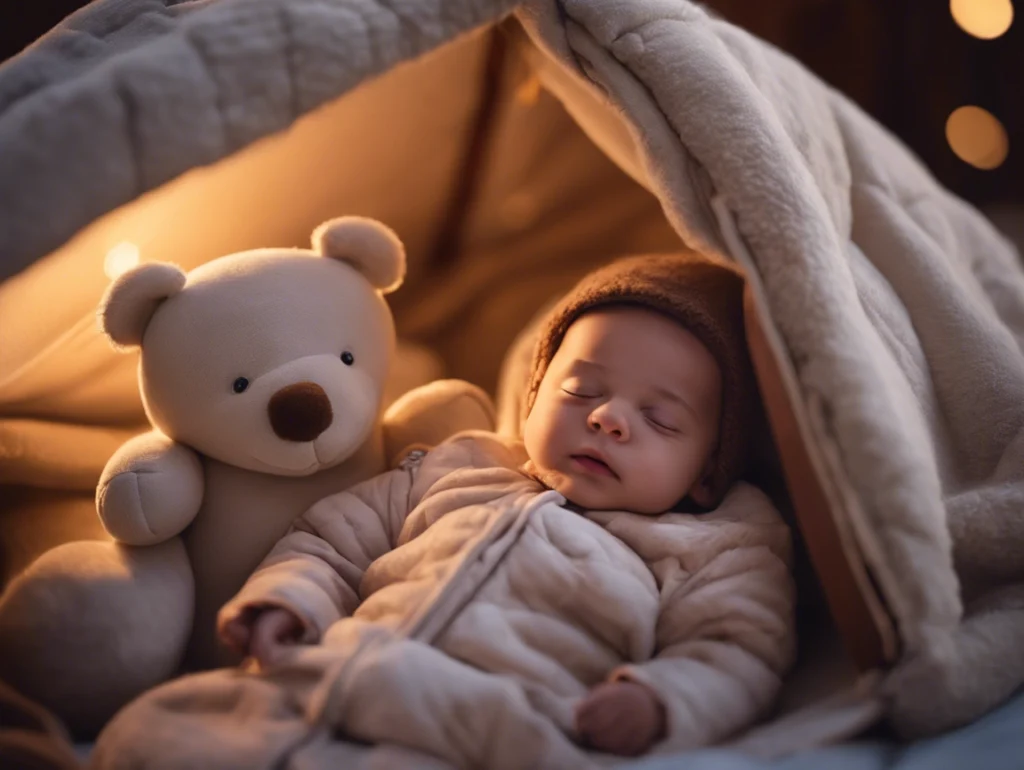As a parent, it’s hard to escape the magic of Disney. Whether it’s the beloved characters, the movies, or the extensive range of Disney-themed baby products, the brand has a special place in the hearts of families. But as a responsible consumer or business owner, one question arises: Are the products you buy or manufacture compliant with Disney’s stringent factory and product standards?
If you’re a manufacturer or brand owner, ensuring compliance with Disney’s standards is crucial not just for maintaining business relationships, but also for protecting your brand reputation. Let’s take a deep dive into what Disney’s factory and product standards are and how you can ensure compliance with them. Trust us, it’s not as daunting as it sounds!

What Are Disney’s Factory and Product Standards?
Disney’s factory and product standards are a set of guidelines and requirements that manufacturers must follow to produce Disney-branded merchandise. These standards cover everything from the quality of materials used to workplace conditions. The goal is to ensure that all Disney products are safe, ethically made, and meet the company’s high expectations.
Disney’s approach to product safety and compliance is very strict. They want to ensure that everything from baby accessories to clothing items is safe for children, free from harmful chemicals, and produced in a socially responsible environment. In fact, they have a whole department dedicated to ensuring that suppliers meet these standards, including regular audits and inspections.
Key Areas Covered by Disney’s Factory and Product Standards:
| Area | Details |
|---|---|
| Product Safety | Disney mandates testing for chemicals like lead, BPA, and phthalates, especially in items like baby toys, clothing, and accessories. |
| Ethical Sourcing | Manufacturers must ensure that their factories meet Disney’s ethical labor practices, including fair wages, no child labor, and safe working conditions. |
| Quality Assurance | The company sets high standards for product quality, ensuring everything from stitching in baby clothes to durability in toys meets its expectations. |
| Environmental Impact | Disney requires manufacturers to use eco-friendly materials and have sustainable practices, especially for products like organic cotton baby items or reusable gear. |
| Intellectual Property | Protecting the integrity of Disney’s iconic characters and designs is essential. Manufacturers must ensure that they are using licensed Disney artwork correctly. |
How Do You Ensure Compliance with Disney’s Standards?
Being compliant with Disney’s standards may sound intimidating, but with the right steps, it’s completely doable! Here’s a roadmap to help you navigate through the process.
1. Understand the Requirements (and Read the Fine Print!)
The first step is knowing exactly what Disney’s requirements are. They provide a comprehensive set of guidelines that all suppliers must follow. If you’re not already familiar with them, it’s time to get the official Disney Supplier Manual. This document outlines all of Disney’s requirements, and it’s essential for understanding their expectations.
- Tip: Download Disney’s Global Manufacturing Guidelines to get an in-depth look at their standards. You can also contact Disney directly to ask for a detailed overview if you’re a potential supplier.
2. Use Safe, Approved Materials
Disney’s standards include a list of approved materials for their products, especially when it comes to baby products. For example, when making baby clothes, only non-toxic dyes and fabrics are acceptable. Similarly, any baby bottles or toys must be free from harmful chemicals like BPA and lead.
- Example: Brands that are already compliant, like Endearing Baby, prioritize BPA-free plastics, organic cotton, and other Disney-approved materials to ensure products meet the required safety standards.
Example Table: Disney’s Approved Materials for Baby Products
| Product Type | Required Material Standards |
|---|---|
| Baby Bottles | BPA-free, phthalate-free, food-grade silicone or glass |
| Clothing | Organic cotton, non-toxic dyes, eco-friendly fabrics |
| Toys | PVC-free, non-toxic paints, tested for lead and other toxins |
3. Pass Safety Testing
All baby products, especially toys and feeding accessories, must go through rigorous safety testing. For instance, BPA-free products must be verified by third-party testing labs, and lead levels must be checked in every batch. These tests ensure that the products meet or exceed CPSC (Consumer Product Safety Commission) standards in the USA and EN71 standards in Europe.
If you’re selling products that are intended for children under 3, they need to be tested for:
- Choking hazards: Small parts must be safe for babies.
- Toxic substances: Test for harmful chemicals like lead, BPA, and phthalates.
- Durability: Products should withstand wear and tear, especially when used by babies.
You can check out reliable testing services, such as Intertek and SGS, that provide testing services for companies wishing to comply with Disney’s high standards.
- Link: For more on product testing standards, visit the Consumer Product Safety Commission.
4. Regular Audits and Inspections
Disney doesn’t just ask for compliance upfront; they want to ensure continued adherence through audits and inspections. Manufacturers are subject to random inspections by Disney’s quality assurance team. This includes checking the factory’s working conditions, the materials used, and testing finished products.
- Tip: Be transparent with your factory and keep a record of all safety and quality checks. Regular self-audits can help ensure everything stays in line.
What Happens if You Don’t Comply?
If your products don’t meet Disney’s standards, it’s not just about losing the Disney license (although that would be a big deal). Non-compliance can result in:
- Recalls of faulty products, which can lead to costly damage control and loss of reputation.
- Suspension or termination of your manufacturing agreement with Disney.
- Legal consequences if the product fails safety regulations, such as consumer protection laws.
In some cases, brands that fall out of compliance with Disney might also face litigation or fines, especially if a defective product causes harm to a child.
What Do Disney-Compliant Manufacturers Look Like?
Manufacturers that comply with Disney’s standards generally have a reputation for excellence and transparency. Companies like Graco, Chicco, and Fisher-Price are known for their Disney-approved products that meet all the stringent guidelines. They invest in safe, ethically sourced materials, adhere to rigorous testing, and ensure that their factories follow high labor and environmental standards.
- Example: Endearing Baby manufactures baby products like safe bottles and organic clothing that meet Disney’s exacting standards. Their transparency in production practices and safety testing makes them a trusted partner for many retailers.
Conclusion: Ensuring Compliance Is the Key to Trust
In the world of baby products, especially when dealing with a giant like Disney, compliance isn’t optional—it’s essential. Following Disney’s factory and product standards not only protects the safety and wellbeing of children but also helps manufacturers build trust with consumers.
So, if you’re manufacturing baby products or running a brand, take the time to read Disney’s guidelines and ensure that all materials, safety tests, and audits are in place. It might seem like a lot of work, but it’s a surefire way to ensure your products meet the highest standards.
For more about safe baby products, check out our product guides on Endearing Baby.

